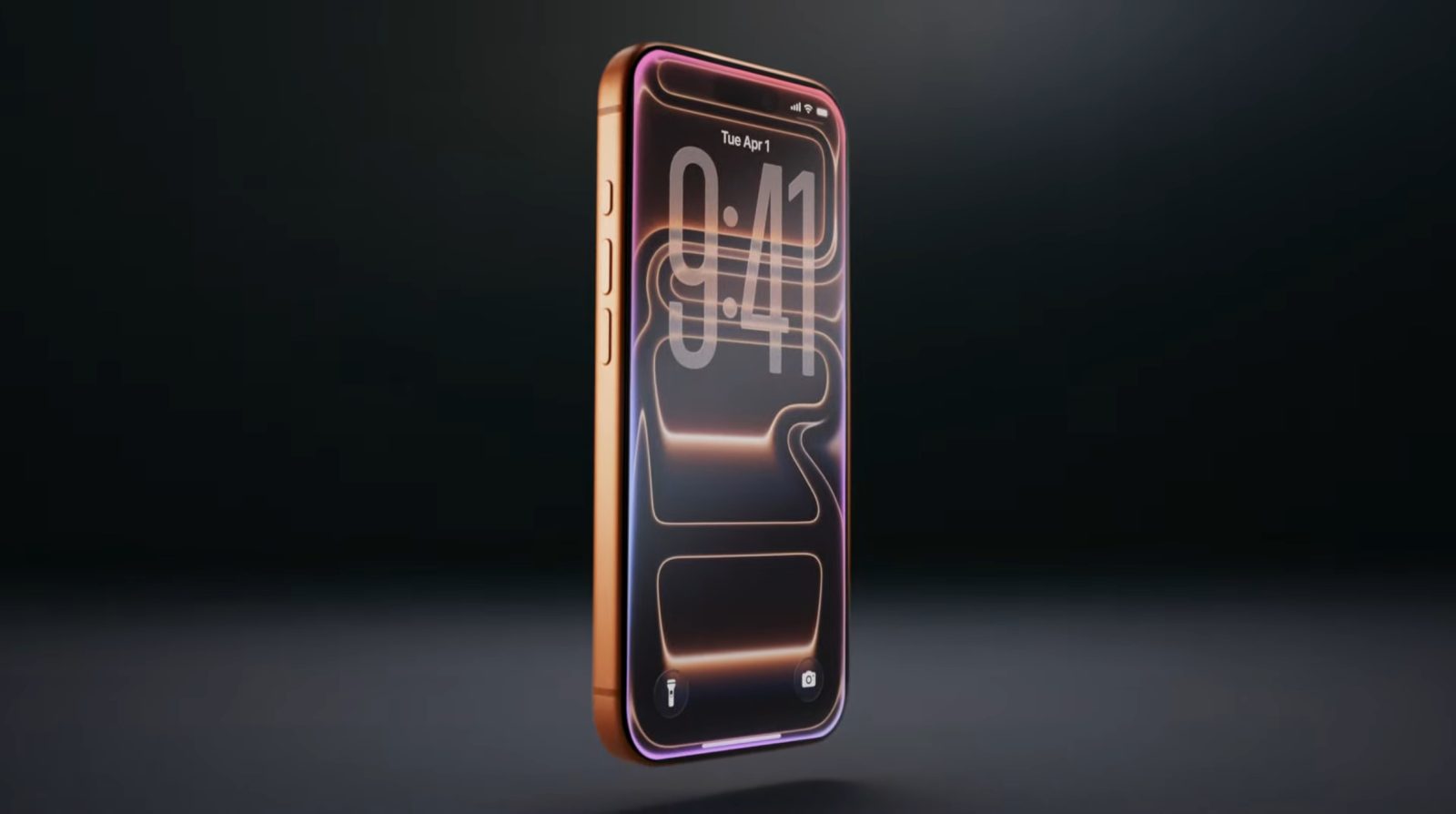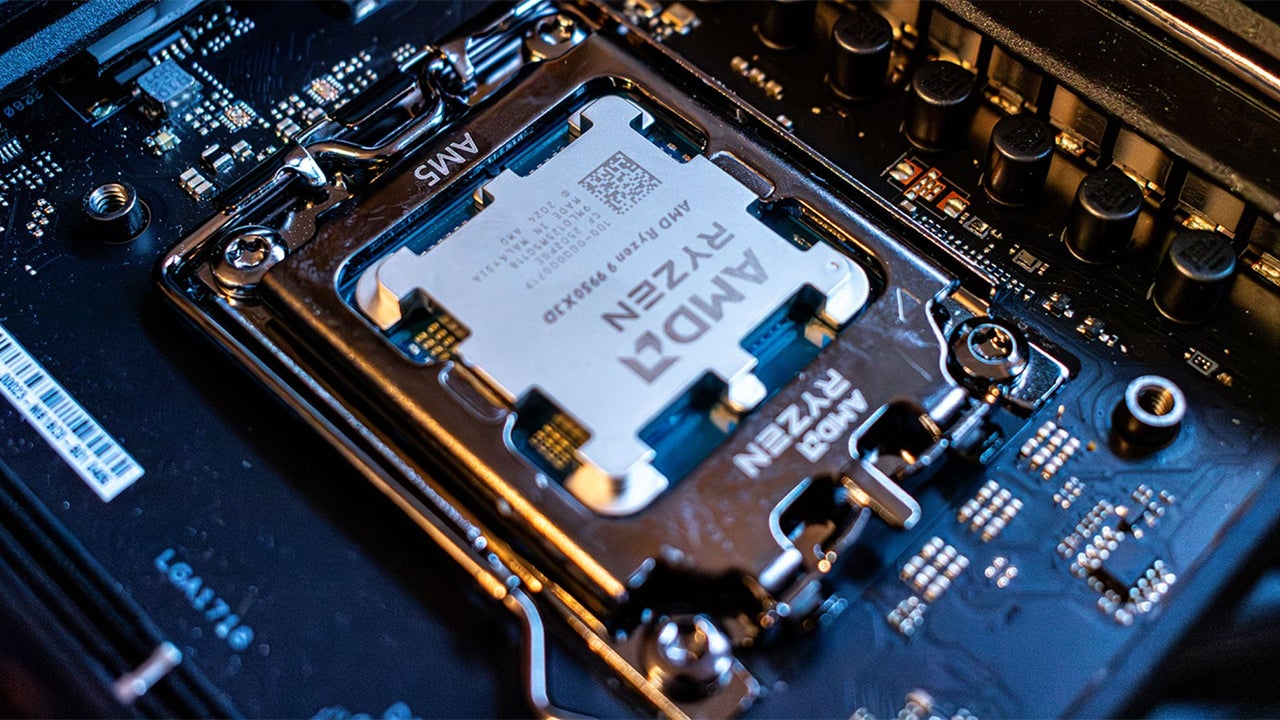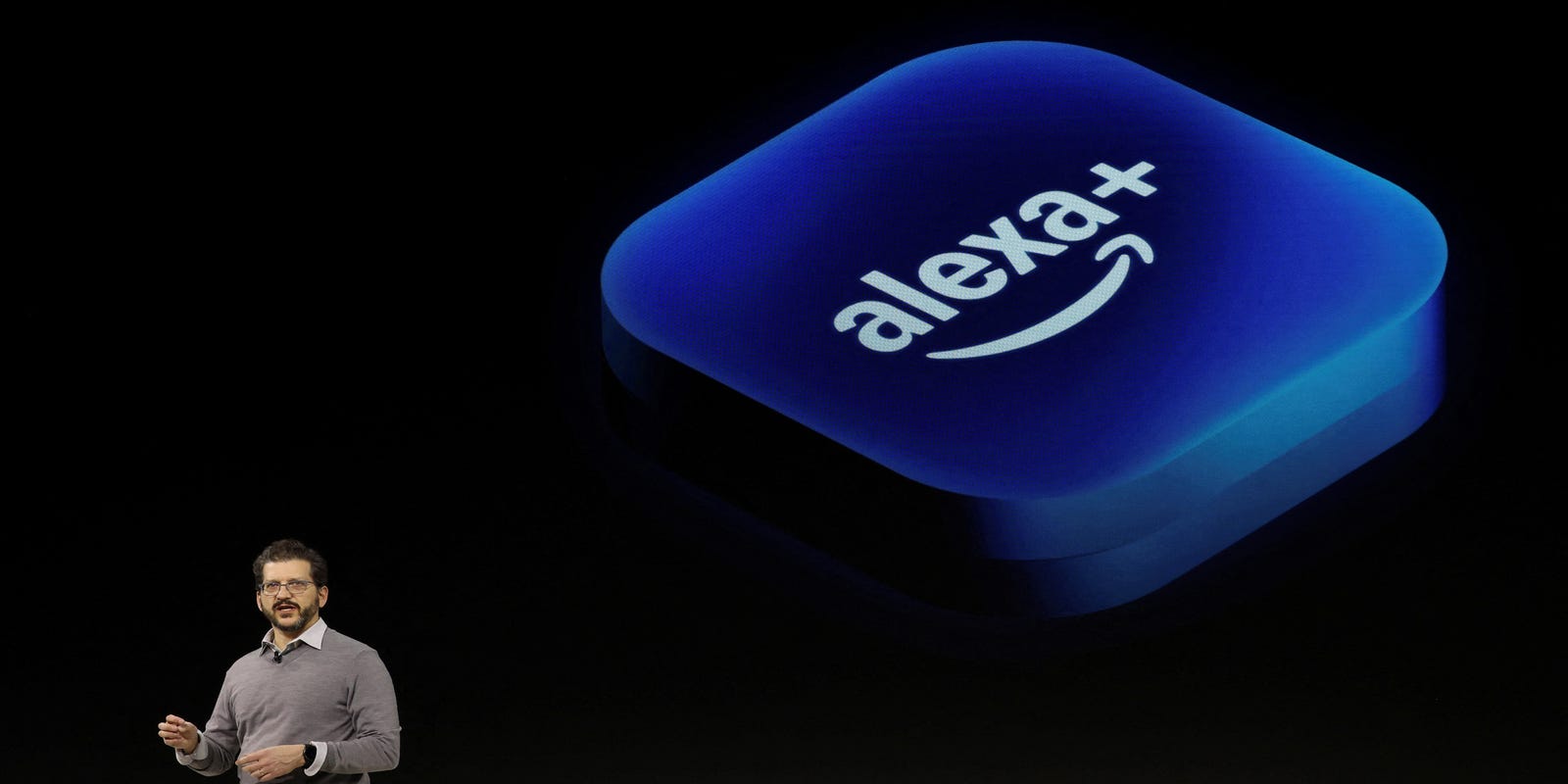5G Divide: iPhone 17 Series Splits Global Connectivity Standards

Apple's iPhone 17: A Tale of Two 5G Experiences
Apple continues its strategic approach to 5G technology with the upcoming iPhone 17 series, maintaining a distinct divide between U.S. and international markets. The latest models will once again reserve the lightning-fast mmWave 5G technology exclusively for American consumers, leaving international users with the more standard sub-6GHz network capabilities.
This geographical differentiation highlights Apple's nuanced market strategy, where cutting-edge network performance remains a premium feature for U.S. customers. While international iPhone 17 users will still enjoy robust cellular connectivity, they won't experience the ultra-high-speed, low-latency benefits that mmWave technology provides.
The decision underscores the complex landscape of global telecommunications, where network infrastructure and spectrum availability vary significantly across different regions. For now, U.S. iPhone users can look forward to enjoying the most advanced 5G experience, while international consumers receive a slightly more limited, yet still capable, network connection.








